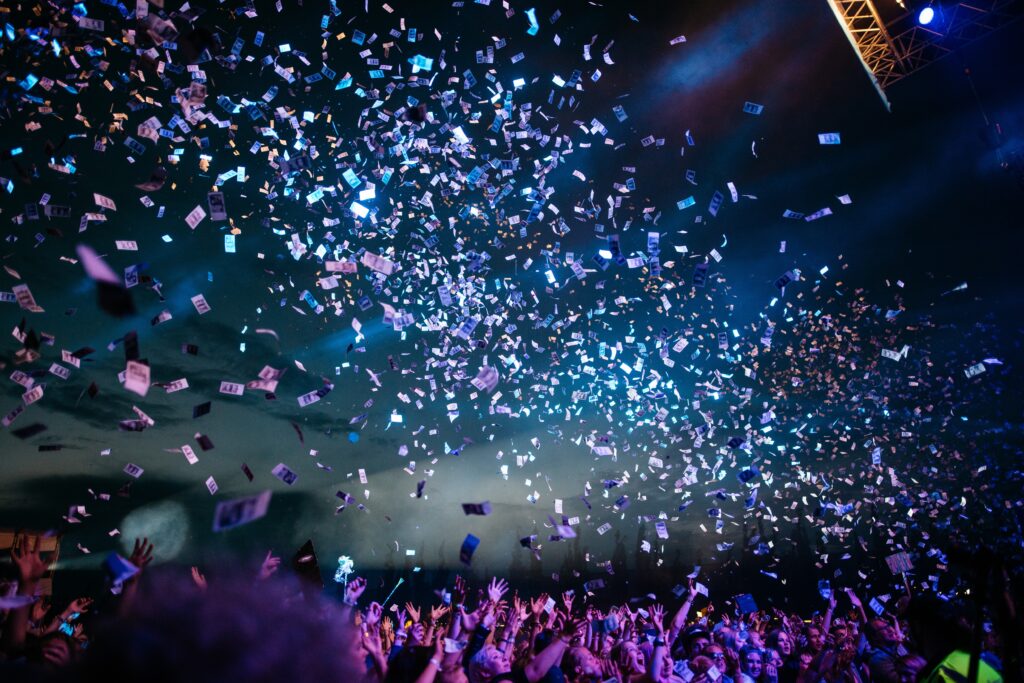Photography is a key art medium that has long been connected with the arts and sciences. This issue relates to how photography can play such a useful role, in not only scientific discovery but also in the education of these new scientific discoveries in the form of scientific outreach.
Event photographers and modern science have a close relationship because they can help to bring scientific discoveries to life.
This article is going to discuss the ways in which science can be illuminated through photography, including the role of event photographers in showcasing scientific discoveries. We will discuss:
The importance of event photographers in science
Event photography and scientific discoveries
The impact of event photography on scientific outreach
The importance of event photographers in science
Bringing science to life through event photography has been an integral modern scientific method for quite some time, but the objectivity it provides has been particularly valued in recent years.
At first glance, a photo records how the world looks as it appears through our eyes, but in fact, a photo can illuminate objects and matter in a completely different light to how we see them. After the invention of the photographic process, scientists discovered that they could use photography to show the public how the world works, and demonstrate scientific matters in a different way than they had been able to previously. Photography has the power to enhance the visibility of scientific discoveries, and this is a truly valuable tool for scientists.
Not only does photography help with the initial making of scientific discoveries but it can also be useful in other ways; for example, showing these scientific discoveries to a wider audience and educating members of the public.
Event photography and scientific discoveries
Photography as a medium has always been considered an objective means of observing scientific matter as it avoids the errors that can occur from the simple reliance on the human eye. It is a method of permanent record. Additionally, event photography has the capacity to obtain and collect data that even goes unnoticed by the human eye.
To understand the relationship between event photography and scientific discoveries, let us consider a few historic examples of documenting scientific events through photography.
With the aid of photography and X-rays, Rosalind Franklin was able to capture the first image (“Photo 51”) that was used to prove the hypothesis of the double helical structure of DNA.
As far back as 1878, Muybridge captured images of a horse in motion. He captured a sequence of images of a horse galloping by placing 12 individual cameras along a racetrack. He then used trip wires to operate the camera shutters as the horse moved past. This series of photos sparked discussion on whether all four hooves of the horse are simultaneously off the ground whilst it travels. Thanks to photography, we now know that they are. The use of photography to make such a significant scientific discovery really elevated the reputation of photography as a tool for scientific discoveries.
More recently, in 1985 the astronomers Paul and Prosper Henry used a refractor telescope designed for photography to capture stars, asteroids, and nebulae. They had been instructed to map the heavens through their own methods of observation and calculation, and photography was a natural choice to succeed in this task.
The impact of event photography on scientific outreach
Scientific outreach, often also referred to as education and public outreach, is a collective term used by scientists in research institutions and universities for activities that aim to promote public awareness of science and expand the collective public understanding of scientific discoveries. We also see scientific outreach taking place in science museums.
Enhancing the visibility of scientific discoveriesis an essential next step after making the scientific discovery itself.
Event photography is very useful in matters of scientific outreach. Some scientists choose to have their scientific discovery process captured on camera as a sequence of events. This is often an ideal way of showing the scientific process because it demonstrates the methodology behind it and the thoughts and findings that led to the final discovery.
Additionally, photos are a useful method for visual learners to study scientific discoveries. According to the different learning styles, a visual learner is somebody that learns predominantly by visual stimulation, such as reading and seeing pictures, and can best understand and remember through seeing. Also, visual learners are by far the largest proportion of the population, so this approach is often the fastest and most reliable method of imparting knowledge to many people. Scientists in universities can show photos of the scientific process to their students as a means of education, as well as physically demonstrating the new scientific discovery.
We hope you found these benefits of event photography as a means of scientific discovery useful. Hopefully, they have sparked within you some thoughts and ideas of your own about how you can use photographs to either discover, learn or teach
If you need an event photographer for your next event,consider Lovnox. We will provide you with an experienced, professional photographer on demand, and at an affordable rate.We will provide you with excellent photography whether your event is science related or not.
Contact us todayto see how we can assist you with your next event.




